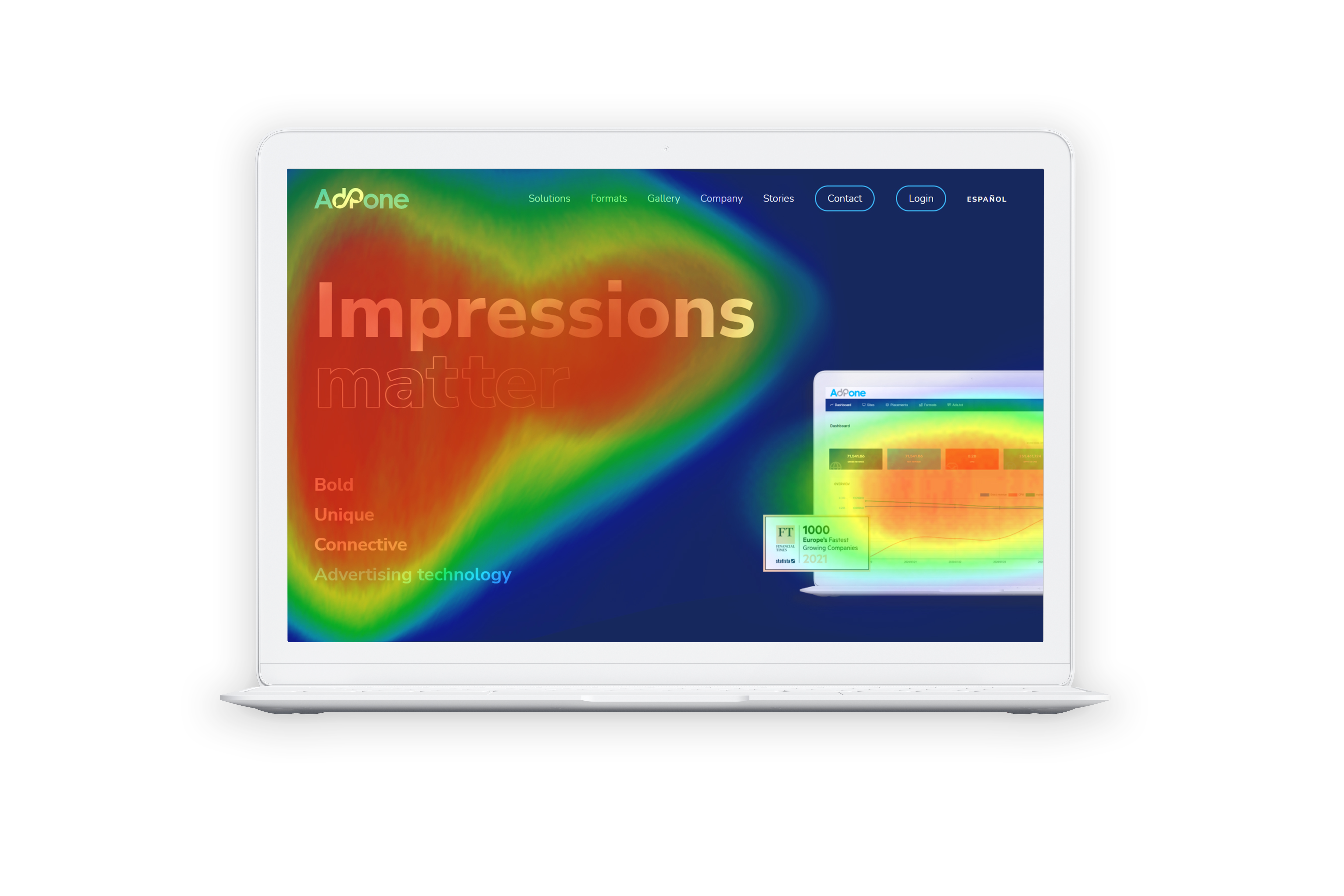Conversion rates can be defined as a function of the page’s usability, as well as the relevancy of the incoming traffic, brand’s identity, and many other factors. To make the best out of your marketing budget the key is to optimize the website as much as possible for higher conversions.
Nevertheless, devising a step-by-step strategy to get the best results in the shortest time possible could be a pretty difficult task. Given this situation, to improve the conversion rates on a website, here we introduce some strategies that will help to get the job done.
Improve your conversion rates by defining your website goals
The first thing to do, even before setting out the famous conversion rate optimization trip, is to define website goals that will be optimized for. Of course, these goals can be any type of action you would want the audience to take, such as providing a free item to encourage your lead to fill the cart or subscribe to the newsletter. Once these specific goals are defined, then you have to assess visitor behavior against them.
In case you don’t know which are the goals to aim for, we mention some of the most important such as purchases, page visits, click on links, form submissions, custom conversions, and clicks on elements.
Improve layouts of the critical pages
Naturally, there are moments when you notice the conversion rates are not improving despite the different efforts and actions you took to make this happen. Of course, this is the clearest sign that you need to come out with a game-changer plan to solve this issue once and for all.
Some of the best practices for making your website as user-friendly and accessible as possible are to optimize for mobile devices, stick to common design elements, create a visual hierarchy, simplify the navigation, establish authority and make sure your content is legible.
In case you want to know which could be this groundbreaking plan, let’s say it consists of altering the website’s design and layout. Of course, you’ll need to do this based on insights from viewer data and best practices to determine if the conversions got properly impacted.
On this point, it is important to know that the principles of high-converting website design are essentially based not only on the body of the material but also on different case studies that show how viewers around the world navigate through websites. To make this happen, you can use different tools including mouse tracking, click maps, and eye-tracking.
These tools will give you plenty of insight into how viewers around the world are browsing through your page. In addition, these tools will allow creating a site that visitors will love to engage with. After all, no matter how good your content is, elements such as aesthetics and interactivity are crucial when we’re talking about the elements which make a website succeed in the market.
Execute sales copy greatest practices
Improving your conversion rates on your website can sometimes be a little bit difficult considering that you need to pay attention to a lot of elements to make this happen. There are so many strategies you could execute and many of them have no relation whatsoever. Of course, this makes sense since we’re talking about business and earning money, so there are many ways to be successful in this game.
This way, an efficient manner to improve your website’s conversion rates is to apply the number one rule when you’re in a business whose main goal is to sell: be persuasive. In other words, you need to make your website sales copy way more persuasive to the audience. After all, there are plenty of studies that show how making the smallest improvements to your copy can influence conversion rates in the best way possible.
Of course, you can play with the different elements that make a sales copy. However, some of the most important ones are the headlines, the call to action and the distribution of the narrative in the content.





